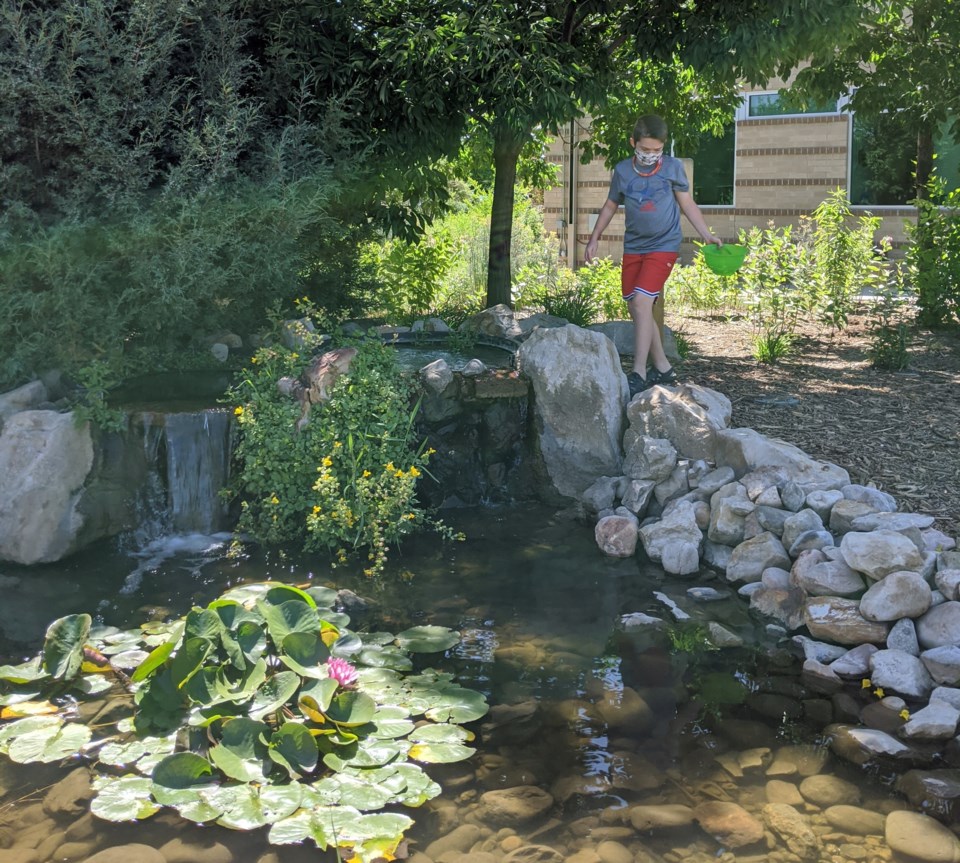The Longmont Leader accepts contributions, photos, and op-eds for publication from community members, business leaders and public officials on local topics. Publication will be at the discretion of the editor and published opinions do not represent the views of the Longmont Leader or its staff. To submit a contribution, email [email protected].
With the temperatures warming and flowers blooming, one thing is clear: summer is on its way and with it, kids will soon be out of school. One question that is on a lot of minds right now, with summer approaching, is “how will we keep all these kids busy while school is out?” Underneath that question though, is another deeper one: “how do we keep these kids learning when school is out of session?” and even deeper than that, “how do we get kids to want to learn?”
We are fortunate in Colorado with its abundance of nature and outdoor adventures available just by walking out our front door. Children can literally step outside and be amazed at the new discoveries they will find.
Of course, just going outside is not the complete remedy for keeping kids learning. To start the learning off, we first need to figure out how to really engage kids with what they are seeing.
A wonderful way to build early engagement is through asking open-ended questions. An open-ended question is one that can not be answered simply by yes or no but instead can have many different “right” answers. A fitting example of this might occur if you spot a leaf with some holes in it when you are exploring outside. One option might be to ask a question about this observation such as, “do you think the holes in this leaf were caused by insects?” There are only two ways to answer this question, yes or no, and then the discovery ends. We can change this question into an open ended one by asking, “What do you think created the holes on this leaf?” this is a question with many answers that could lead to more questions. Someone might answer that the holes were caused by a bug which could be followed up with questions about the type of bug or why the bug was eating this leaf and not another one. Or ask what size the bug might have been. By shifting one question from closed to open, an entire world of learning opportunities becomes possible, and kids will be encouraged to see what else they can find and what other questions they can ask.
Another fantastic way to build engagement and encourage kids to explore is to challenge them to see what they can find and make it a game. Can they spot an animal that is trying to camouflage or blend in? Can they find a pollinator? What is a pollinator? Can they hear a bee? Better yet, make it a competition. How many butterflies can they spot? Is it more than you? Invertebrates like bees and butterflies are fantastic animals which can be part of these challenges because they are accessible—they are fairly easy to find if you are willing to look. Most likely, we will not step outside and spot a lion, yet we might, spot an antlion if we look closely.
Through challenges and open questions, we can truly continue helping our children learn throughout the summer. Getting kids outside and keeping them active and wondering about what they see, will open a world of educational possibilities. More than this though, we can build interest and a love for the natural world and truly inspire kids of all ages to want to care for what they can find just outside of their doors. After all, the more we know about something, the more we have empathy for it and compassion towards it, the more we can speak for it and protect it. If kids learn about the wildlife in the world around them now then they may, just maybe, be inspired to protect it in the future and what more could we ask from a summer of learning?



